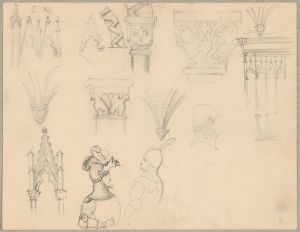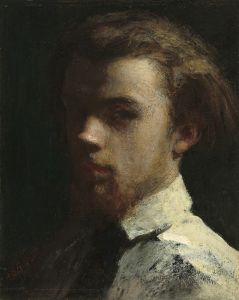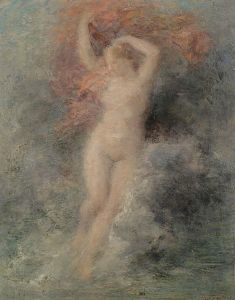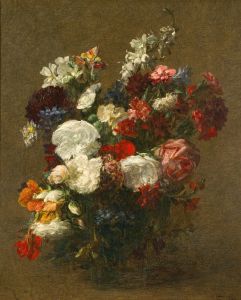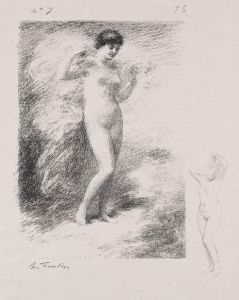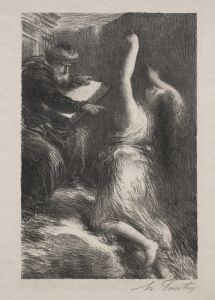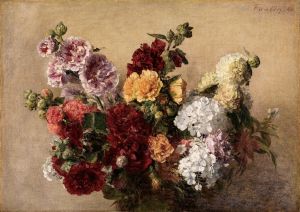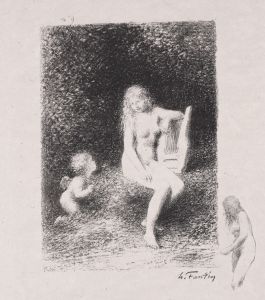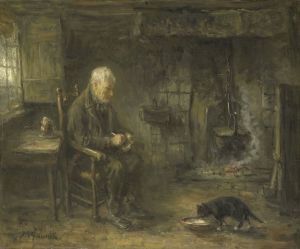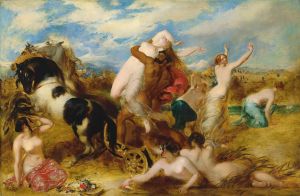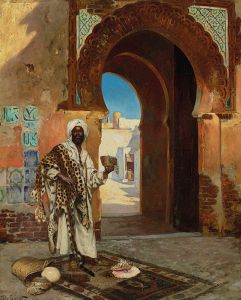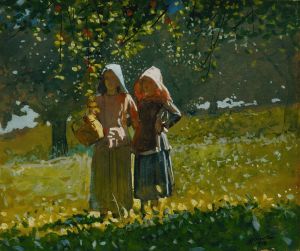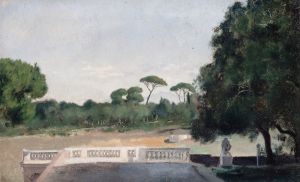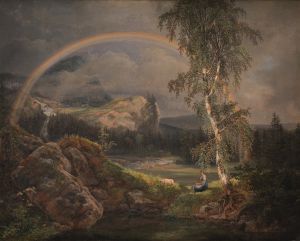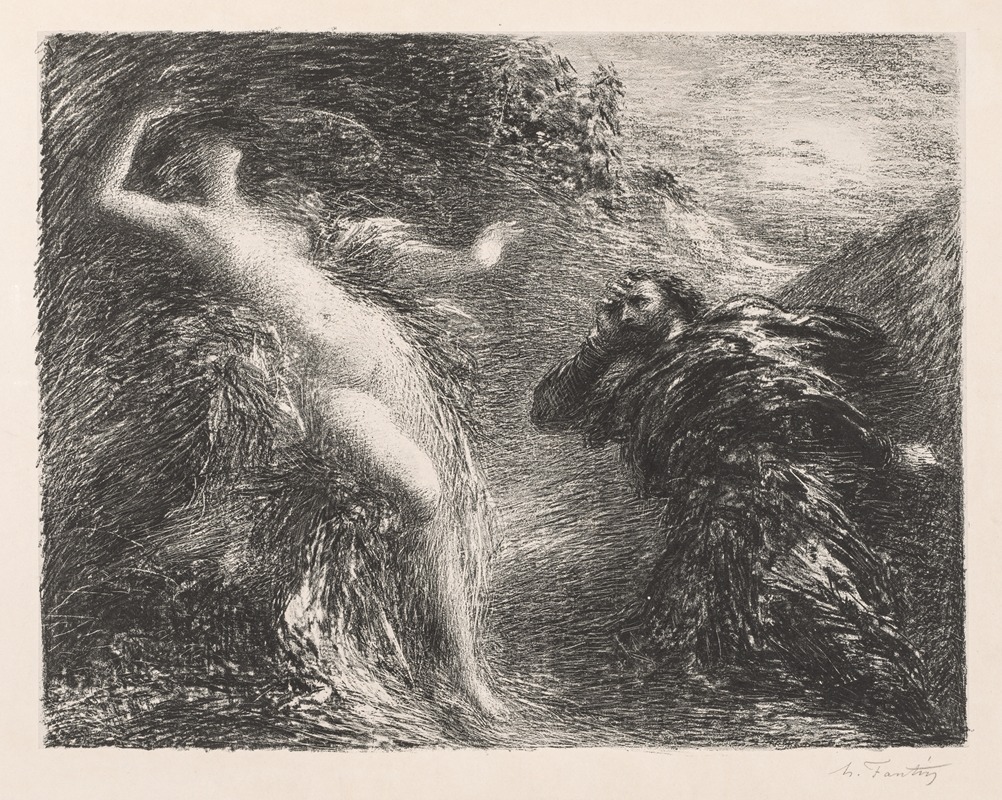
Manfred and Astarté
A hand-painted replica of Henri Fantin-Latour’s masterpiece Manfred and Astarté, meticulously crafted by professional artists to capture the true essence of the original. Each piece is created with museum-quality canvas and rare mineral pigments, carefully painted by experienced artists with delicate brushstrokes and rich, layered colors to perfectly recreate the texture of the original artwork. Unlike machine-printed reproductions, this hand-painted version brings the painting to life, infused with the artist’s emotions and skill in every stroke. Whether for personal collection or home decoration, it instantly elevates the artistic atmosphere of any space.
Henri Fantin-Latour, a French painter renowned for his still lifes and group portraits, created the painting Manfred and Astarté in 1854. This work is inspired by the dramatic poem Manfred (1817) by the English Romantic poet Lord Byron. The painting reflects Fantin-Latour's interest in literary and mythological themes, which he occasionally explored alongside his more well-known floral compositions and portraits.
Manfred and Astarté depicts a pivotal moment from Byron's poem, in which the tormented protagonist, Manfred, confronts the spirit of Astarté, his lost love. The poem is a tale of guilt, supernatural elements, and existential despair, themes that resonated with the Romantic movement of the 19th century. Fantin-Latour's interpretation captures the emotional intensity of this encounter, emphasizing the tragic and otherworldly atmosphere of the scene.
The painting is executed in a subdued palette, characteristic of Fantin-Latour's early works, with a focus on mood and emotion rather than intricate detail. The figures of Manfred and Astarté are rendered with a sense of solemnity, reflecting the gravity of their interaction. The composition is simple yet evocative, drawing the viewer's attention to the psychological tension between the two characters.
Fantin-Latour's interest in literature and music often informed his artistic output, and Manfred and Astarté is a testament to his ability to translate literary themes into visual art. While he is primarily celebrated for his still lifes and portraits, works like this demonstrate his versatility and engagement with the broader cultural currents of his time.
The painting is currently housed in the Musée de Grenoble in France, where it remains an example of Fantin-Latour's early exploration of Romantic themes. It is less widely known than his floral still lifes but holds significance for its connection to Byron's influential poem and its reflection of the Romantic spirit in 19th-century art.





